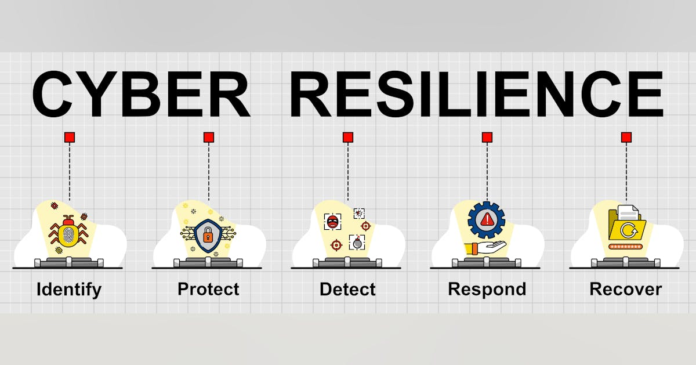Understanding Organizational Security Cultures and Risk Management
In a recent article, the significance of organizational culture in shaping security practices was highlighted. Companies entrenched in siloed structures may struggle to adopt a holistic view of security compared to more agile sectors like technology startups. Risk tolerance, assessment, and mitigation are central to both physical and cyber security efforts. Security leaders are urged to establish a baseline for risk tolerance and communicate effectively about risk management strategies, particularly focusing on reputational risk to gain C-suite and board support.
The article emphasizes the importance of simplifying business architecture to reduce risk and advises against claiming complete risk mitigation due to the ever-changing nature of risk. Instead, conveying ongoing protection efforts and preparedness is recommended. In sectors like healthcare, data breaches or physical security incidents can severely damage an organization’s reputation. For manufacturing, resilience and timely delivery are critical, necessitating a comprehensive view of risk encompassing physical and operational technology systems.
To enhance collaboration, forming a steering committee with key stakeholders is suggested. This committee would be responsible for tracking and mitigating organizational risks. Each department should play a role in safeguarding the organization, ensuring widespread adoption of security policies and processes.
Finally, the article advises that after determining risk tolerance, organizations should develop a strategic roadmap to guide technology investments and prioritize actions. This roadmap ensures that investments are aligned with a clear strategic vision, minimizing wasted resources and effectively managing controllable risks.

